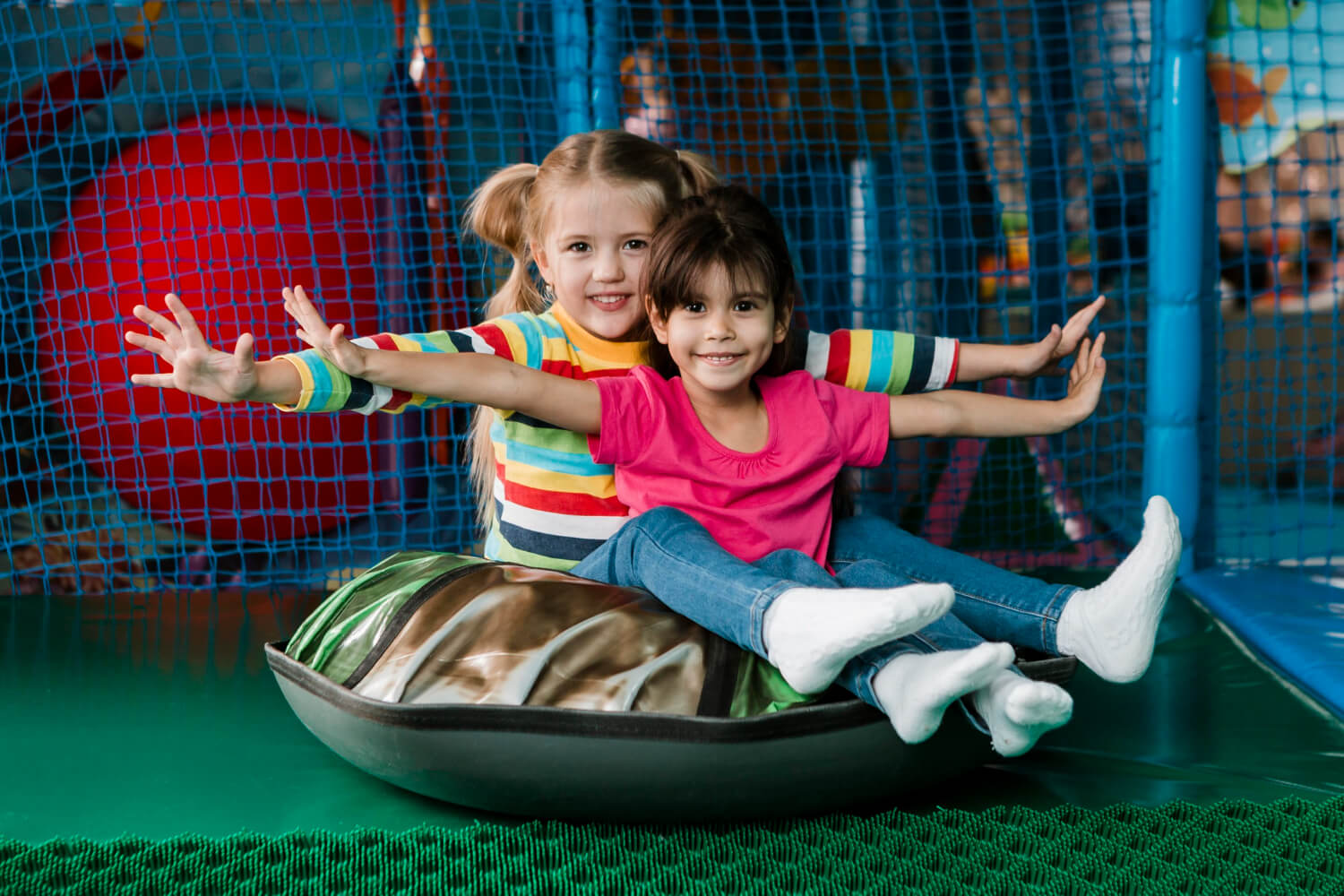Introduction:
The world of indoor playgrounds has evolved tremendously in recent years, offering a vast array of play equipment and experiences to delight children and families. One aspect that has grown in importance is the inclusion of sensory play – activities designed to stimulate children’s senses, such as touch, sight, hearing, and movement. Sensory play is more than just an enjoyable addition to any indoor playground. It plays a vital role in child development, promoting cognitive, physical, and social skills. Furthermore, incorporating sensory play can create a more inclusive environment catering to children of all abilities. This article will explore the benefits of incorporating sensory play into your indoor playground and provide valuable insights on how to effectively integrate these elements.
Incorporating sensory play in your indoor playground diversifies the experience for visitors and appeals to a broader range of learning styles and preferences. As every child is unique, offering a variety of sensory play components caters to individual differences in development and acquired skills. Understanding the significance of sensory play experiences not only helps designers, manufacturers, and operators like Afacan Park create innovative and adaptable playgrounds, but it also ensures your facility is offering the best possible environment for children to thrive.
When planning to integrate sensory play components, it’s essential to consider the specific needs of your target audience whilst maintaining safety standards and compliance with local regulations. Collaborating with experienced play equipment manufacturers like Afacan Park ensures that you receive expert guidance and tailored designs that optimise your indoor playground’s sensory play offerings.
Read on as we delve deeper into the various benefits of sensory play in indoor playgrounds, as well as practical tips and examples of sensory play components that can create a more inclusive, developmentally beneficial environment, attracting more families to your facility.
Benefits of Sensory Play in Child Development
Sensory play offers numerous developmental benefits for children of all ages and abilities:
1. Cognitive development: Engaging a child’s senses through play can help develop their problem-solving skills, critical thinking, and ability to focus. Furthermore, sensory experiences can help children better understand spatial concepts, such as size, shape, and location.
2. Physical development: Sensory play often involves activities that strengthen a child’s fine and gross motor skills, such as grasping, pinching, and lifting objects or navigating tactile surfaces.
3. Emotional development: Engaging in sensory play can help children learn to cope with new experiences, as well as manage their response to different emotions. Sensory activities can teach children how to identify their feelings, communicate their needs, and express themselves effectively.
4. Social development: Sensory play can foster collaboration, participation, and communication among children, as they share or navigate a sensory play environment together.
Incorporating Inclusive Sensory Play Features
Designing an inclusive sensory playground involves integrating various elements that cater to the specific needs and abilities of a diverse clientele:
1. Tactile elements: Incorporate materials in your indoor playground that offer a range of textures and temperatures, such as soft foam shapes, rubber surfaces, and padding. Providing safe, diverse tactile experiences can appeal to children with varying levels of touch sensitivity.
2. Visual features: Integrate visual stimuli such as colourful murals, dynamic lighting effects, and varied geometric patterns to engage children who learn best through visual observation and exploration.
3. Auditory elements: Create areas that offer a variety of sounds and rhythms, such as musical instruments, sound tubes, or gentle water features. Ensure the auditory experiences are modulated and do not trigger sensory overload for children with sensitivity to loud noise.
4. Accessible layouts: Design play spaces that are wheelchair-accessible and offer opportunities for children of various abilities to engage in sensory play together.
Proven Sensory Play Equipment Examples
1. Interactive light panels: These installations change colours and patterns in response to touch, providing a visually engaging and tactile sensory experience.
2. Sensory walls: These can feature an assortment of textured surfaces, moving parts, and auditory components, allowing children to explore and engage their senses in one concentrated area.
3. Water and sand tables: These play elements allow children to explore the sensations of different textures and materials, honing their fine motor skills and spatial understanding.
4. Fine motor play stations: Incorporate simple manipulative tasks like threading beads onto strings or assembling puzzles, as these activities can help children develop critical fine motor skills.
Community Collaboration for Inclusive Sensory Play
Developing partnerships with local organisations that support children with diverse abilities can offer practical insights into creating an inclusive indoor playground environment:
1. Conduct inclusive play workshops: Offer educational workshops for parents and caregivers to learn about the benefits of sensory play and inclusive playground designs.
2. Partner with local disability or developmental organisations: Collaborate with non-profit organisations, educational institutions, and therapy providers to gain insights into the specific sensory play needs of children in your community.
Conclusion
Integrating sensory play into your indoor playground creates a more inclusive, developmentally beneficial environment for all children. A thoughtfully designed sensory play space can attract more families, further reinforcing your indoor playground’s reputation as a valuable community destination. By incorporating sensory experiences into your establishment, not only are you prioritising child development, but you are also creating a unique selling point that sets you apart from competitors.
Afacan Park’s team of experienced designers and manufacturers are proficient in creating indoor playground equipment and environments that cater to a multitude of sensory experiences. Contact Afacan Park today to learn more about incorporating sensory play elements that will elevate your indoor playground and attract more visitors seeking innovative, developmentally supportive experiences.




